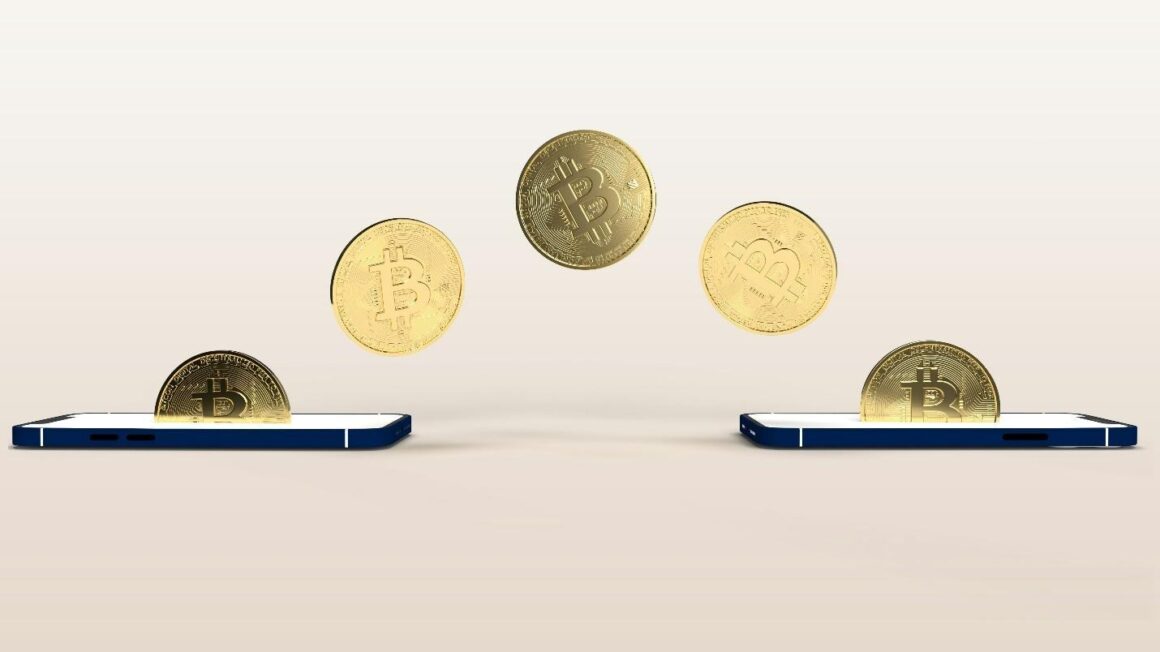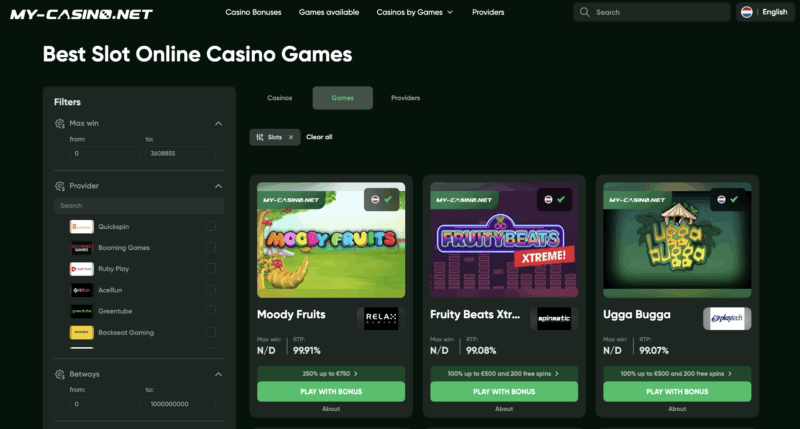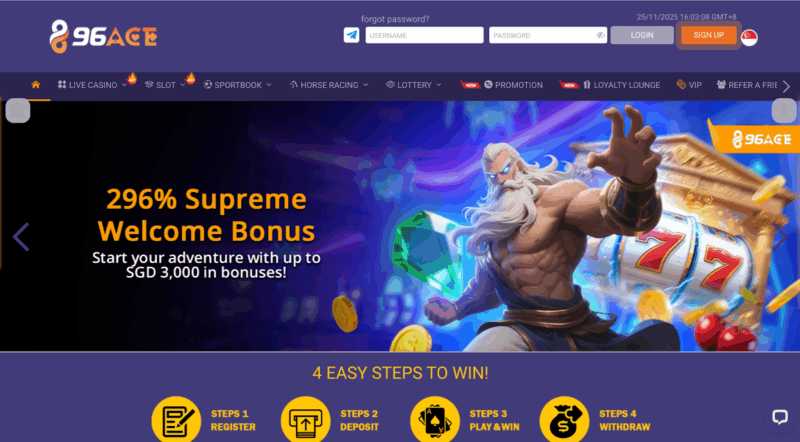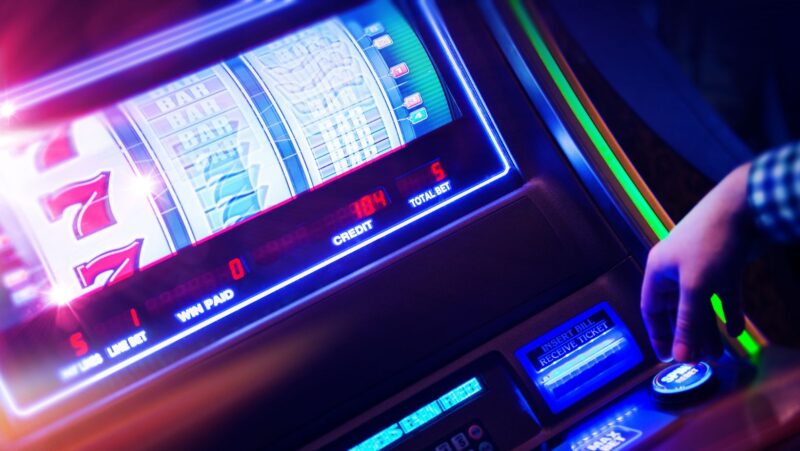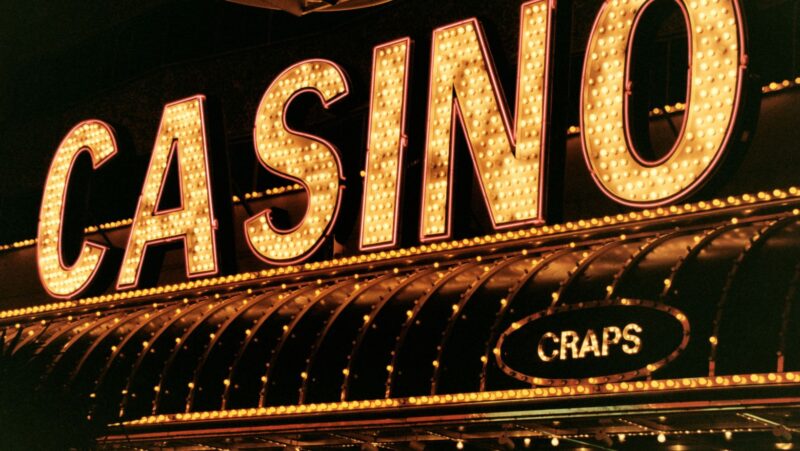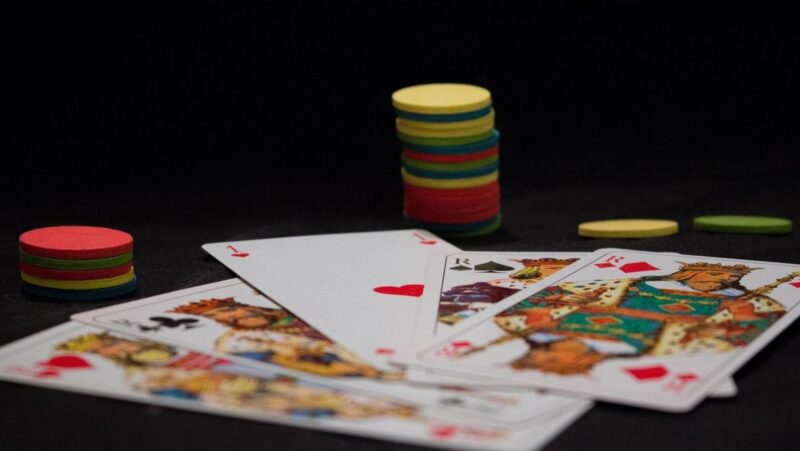
Slot machine animations are carefully designed to capture attention and create a sense of anticipation. When reels spin, slow down, and stop just short of a winning combination, the lights and sound effects still provide feedback that feels rewarding. These animations are not just for show; they are built to influence player behavior through carefully timed visual and audio cues.
The same animation techniques used in casino games are now widely applied across mobile games, digital interfaces, and productivity tools. Subtle motion, visual feedback, and responsive design help shape how users interact with software. For designers and developers, especially if working in small teams or on indie projects, studying these strategies can offer valuable insights into building more responsive and user-friendly experiences.
Tricks That Keep Players Hooked
One of the most common animation techniques in casino-style games is the near miss. A reel or sequence stops just short of a winning combination. Bright flashes, sound cues, and slowed movement add to the feeling that a win was close. Even though the outcome isn’t a win, it still creates a sense of possibility. That reaction matters. Platforms like Pulsz Bingo, which feature a range of casino games, use these animation tricks to keep players focused and emotionally involved.

Psychologists have found that near misses can trigger a response in the brain similar to an actual win, which helps explain why players often continue playing. Animation plays a key part in shaping this moment. It’s not just about what’s on the screen, but how it moves and reacts that builds tension and interest.
This technique is also seen beyond gambling. Fitness apps use nearly full progress bars, and mobile games apply similar effects to build suspense before a level ends or a reward appears. These moments help users feel more connected to the experience, even if the results are minor.
Fast Loops, Bright Colors, Big Feelings
Casino games run on short feedback loops. Press a button, the screen lights up, things spin or shake, and get a response within seconds. This quick rhythm keeps people involved. The colors are usually bold, the movement is smooth and fast, and even losing can feel like progress because of how it looks and sounds.
Indie developers often look to these ideas to help keep their games from feeling flat. It’s not about copying slot machines, but about using animation to give players something to keep them entertained. For example, a simple tap can trigger a glow or bounce. Earning points might be shown with a satisfying pop or flash. These touches add energy without needing complex mechanics.
What Indie Game Makers Can Learn from Slot Animators
Casino animations are built around rhythm, reward, and emotional cues. These ideas can be useful in many types of games and apps. A few things to keep in mind:
- Use quick, clear animations to show that an action was successful
- Add tension before key moments to increase the emotional impact
- Avoid overloading the screen, but don’t leave it too static either
Why It Works
The most successful casino game animations are not flashy for the sake of it. They are designed with a purpose. Movement, timing, and sound come together to create a feeling, even when the outcome is small or predictable.





